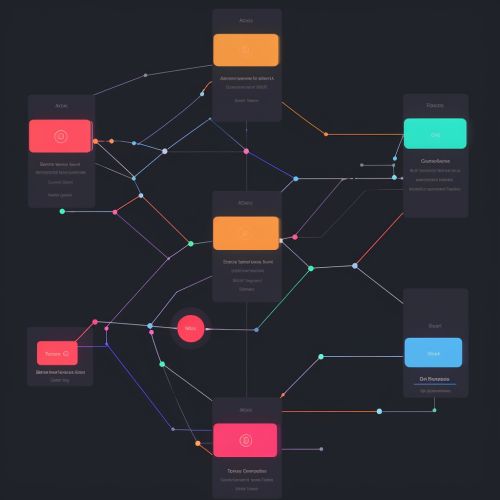Smart contract
Introduction
A smart contract is a computer protocol intended to digitally facilitate, verify, or enforce the negotiation or performance of a contract. Smart contracts allow the performance of credible transactions without third parties. These transactions are trackable and irreversible. Smart contracts were first proposed by Nick Szabo, who coined the term, in 1994.


Proponents of Smart Contracts
Proponents of smart contracts claim that many kinds of contractual clauses may be made partially or fully self-executing, self-enforcing, or both. The aim of smart contracts is to provide security that is superior to traditional contract law and to reduce other transaction costs associated with contracting. Various cryptocurrencies have implemented types of smart contracts.
Design
Smart contracts can be designed in various ways. They can be simple scripts that automatically perform some kind of action when certain conditions are met, or they can be complex programs that manage a series of actions based on a variety of factors. The design of a smart contract depends on its intended use and the specific requirements of the parties involved.


Implementation
The implementation of a smart contract occurs on a blockchain, a type of distributed ledger. This allows the contract to be stored in a transparent and immutable manner, ensuring that it cannot be altered once it has been deployed. The implementation of a smart contract involves writing the contract's code, testing it to ensure it functions as intended, and then deploying it on the blockchain.
Use Cases
Smart contracts have a wide range of potential use cases. They can be used in financial transactions, such as the issuance of tokens or the execution of trades on a decentralized exchange. They can also be used in non-financial applications, such as voting systems, identity verification systems, and decentralized file storage systems.


Limitations and Criticisms
Despite their potential, smart contracts also have a number of limitations and have been subject to various criticisms. These include issues related to their legal status, the potential for bugs in their code, and the difficulty of altering them once they have been deployed. Additionally, while smart contracts can automate certain aspects of a contract, they cannot fully replace the need for human judgment and discretion in many situations.
Future Developments
The field of smart contracts is rapidly evolving, with new developments and improvements being made on a regular basis. These include efforts to improve the security and reliability of smart contracts, to make them more user-friendly, and to expand their potential use cases. The future of smart contracts is likely to be shaped by these and other developments, as well as by the broader trends in the fields of blockchain technology and digital finance.


